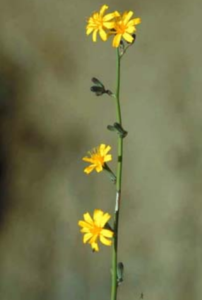
Figure 1. Skeleton weed (courtesy of HerbiGuide)
Description: Skeleton weed (Chondrilla juncea) is a yellow-flowered, wiry stemmed, perennial forb (herbaceous flowering plant) with an extensive root system and rosette leaves with backward pointing lobes. The stems and roots exude a white milky sap when damaged. It has an extensive, long, slender, taproot system, 5-10 mm in diameter, often to a depth of more than 3 m.
Life cycle: Skeleton weed is a perennial or biennial rhizomatous plant. It germinates in autumn/winter, forming a rosette about 200 mm wide in winter. The rosette tends to die off as wiry stems elongate in spring to form a tangled mass with neighbouring plants. Flowering usually occurs in summer and autumn. Individual flowers are only open for one day. In autumn the stems die back and are easily broken at ground level. One to three rosettes then arise from each rootstock in the autumn to flower in spring to summer. Rosettes also form from lateral roots. Cultivation or damage to the roots results in the formation of rosettes from the taproot or root fragments at most times of the year. In Australian conditions individual plants often live for many years.
As a soil indicator: Skeleton weed is found in well drained sandy to loamy soils. It is uncommon on heavy soils.
Beneficial attributes: The rosette leaves of skeleton weed can provide fodder and may provide valuable forage at certain times of the year when little else is available. Skeleton weed is also a source of pollen for honeybees.
Negative attributes: Skeleton weed competes with plants for water and nutrients.
Dispersal: Skeleton weed reproduces by seed, root stocks and root fragments. Seed is spread by wind, by animals (especially sheep) and machinery. Root fragments are spread by cultivation.
Legislation: Noxious weed of NSW, Vic., SA, Tas., WA.
Non-chemical control methods: Skeleton weed is difficult to eradicate because of its extensive root system. Cultivation may increase the infestation by cutting and spreading root fragments that may form new plants.
Encourage a dense pasture sward. Mow or graze before flowering to reduce seed set.
Several biological control agents have been released for the narrow leaf form and one for the broad leaf form. The biological control agents have resulted in excellent control of the narrow leaf form but in many areas the broad leaf form has replaced it. Research is continuing.
Growers’ experiences: Henschke finds skeleton weed in hot spots, generally coming up through its straw mulch. Henschke considers it a noxious weed but recognises that it may have benefits from drawing up nutrients due to its huge root system. Henschke is trying to control skeleton weed with mowing but has found that the only effective way to control it is to dig it out by hand.
Resources
HerbiGuide (HerbiGuide website)
Henschke Wines: A non-chemical weed control case study from the Adelaide Hills, SA
Contact
For further information, please contact:
AWRI helpdesk
Phone 08 8313 6600 Email helpdesk@awri.com.au

